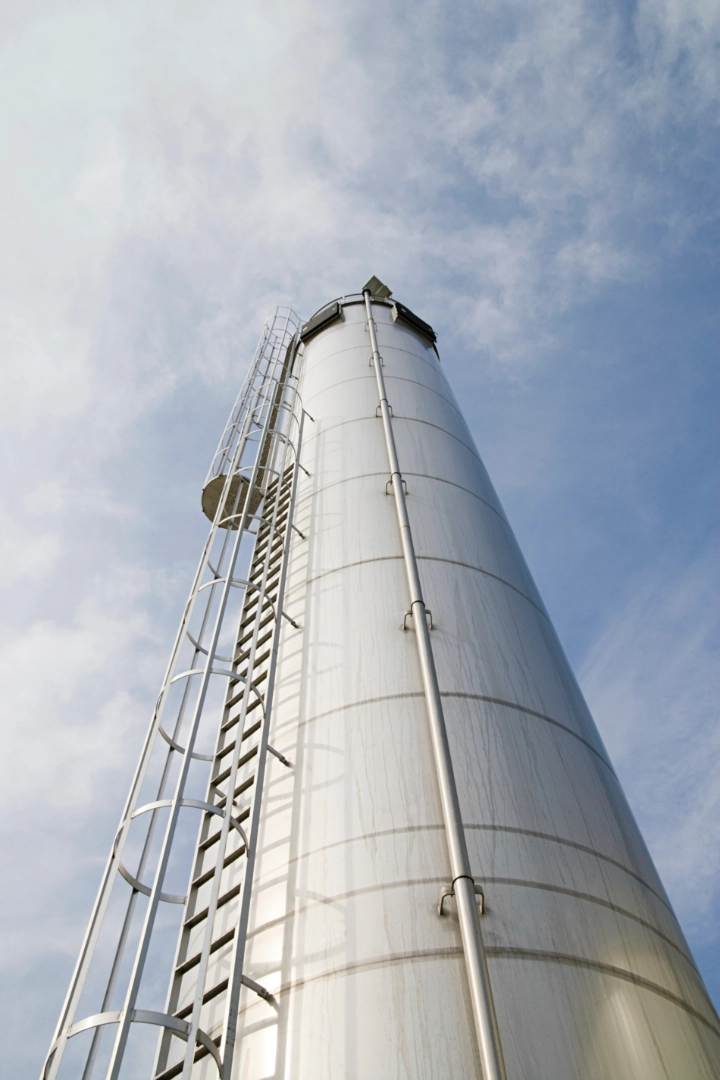Exploring Gravity-Fed Water and Pressurized Water Tanks and Towers

Posted on April 18, 2024 by Brent Phillips
When it comes to water distribution systems, gravity-fed water, and pressurized water tanks and towers are two commonly employed methods. Understanding their differences, benefits, and applications is crucial for city and asset water managers. In today’s blog, we’ll explore the intricacies of gravity-fed water and pressurized water tanks and towers, exploring their unique features and advantages.
Gravity-Fed Systems
Gravity-fed systems rely on gravity’s force to distribute water without additional energy input. Water flowing from higher to lower elevations will follow a natural downward path. That system is handy in areas with sufficient elevation differences, such as hilly regions or elevated water sources. Gravity-fed systems offer several benefits, including:
- Energy Efficiency
- Operational Reliability
Energy Efficiency
One of the critical advantages of gravity-fed systems is their energy efficiency. Since no external energy is required to generate water pressure, these systems rely on the force of gravity alone. That can significantly reduce operational costs and environmental impact.
Operational Reliability
Gravity-fed systems are generally more reliable compared to pressurized systems. They are less dependent on mechanical components and electricity, making them less prone to failures or disruptions during power outages.
That kind of reliability is essential in remote areas or during emergencies. Because the laws of hydrostatic pressure depend on the water density and the height of the liquid in the tower, gravity is the force that makes it an affordable choice for rural communities to keep up with peak demand.
Pressurized Systems
Pressurized systems, on the other hand, generate pressure using mechanical devices such as pumps or compressors. Water stored in towers filled by pumps gets held under pressure until released during peak usage periods.
Pressurized systems offer unique advantages that make them suitable for water towers and tanks:
- Water Pressure Control
- Time Flexibility
Water Pressure Control
Pressurized systems allow for precise control of water pressure, ensuring consistent and optimal water flow throughout the distribution network. That is especially important in urban areas with high demand and complex water supply networks.
Time Flexibility
With pressurized systems, water can be stored in elevated water towers, allowing for more system design and distribution flexibility. That timed flexibility enables water managers to adapt to varying terrain, infrastructure constraints, and future expansion needs.
Combining the Best of Both Worlds
Although hybrid systems harness gravity and pressure to mitigate limitations. By strategically integrating both methods, a hybrid system can:
- Maximize Energy-efficiency
- Control and Optimize Water Pressure
- Enhance Overall System Reliability
- Operational Cost Savings on Expensive Pressurized Pumping Systems
Rural Water Infrastucture
Gravity-fed water and pressurized water tanks operate on two distinct water distribution methods. Understanding these system differences and potential synergies is crucial for city and water asset managers.
Water professionals can select and implement the most appropriate system by carefully assessing the terrain, demand, and specific requirements of a rural or suburban area. That ensures efficient and reliable water distribution with good pressure and flow for residents and businesses.
Water Tower and Tank Maintenance
Keeping these vital infrastructures in good working order is essential if your municipality has a water tower or tank. They must be routinely inspected, maintained, and repaired per federal and local regulations to supply healthy, clean water to residents and businesses in your area. To schedule an inspection, repair, or protective coating application, contact the tank and tower experts at Cunningham Inc. by calling (620) 848-3030.